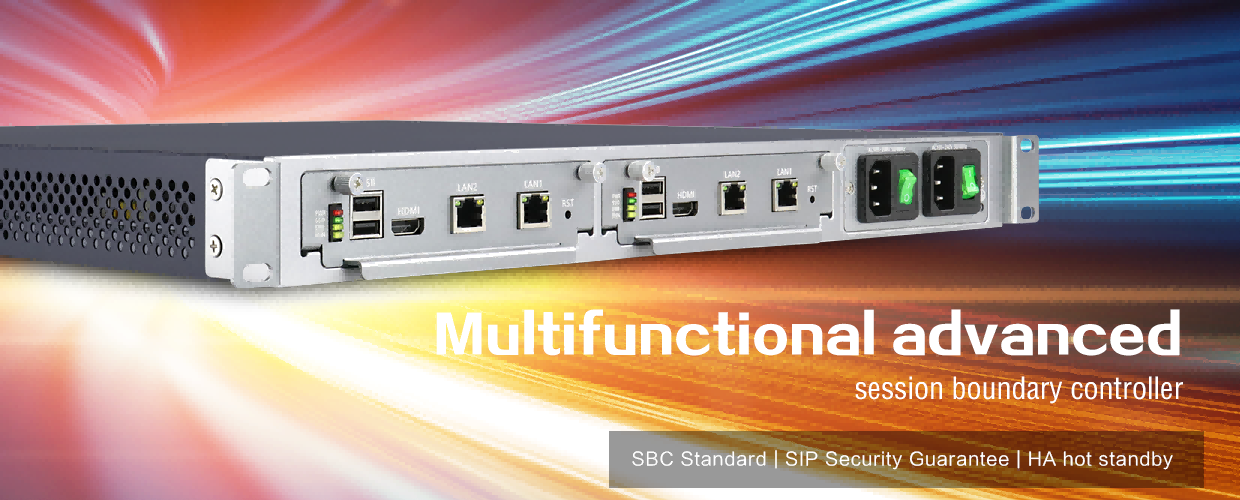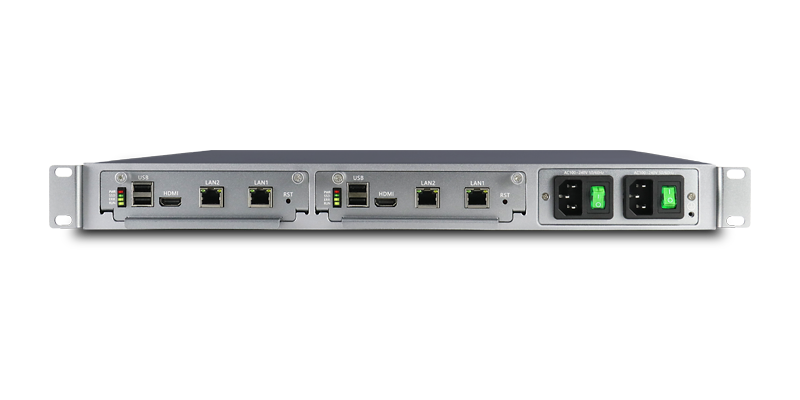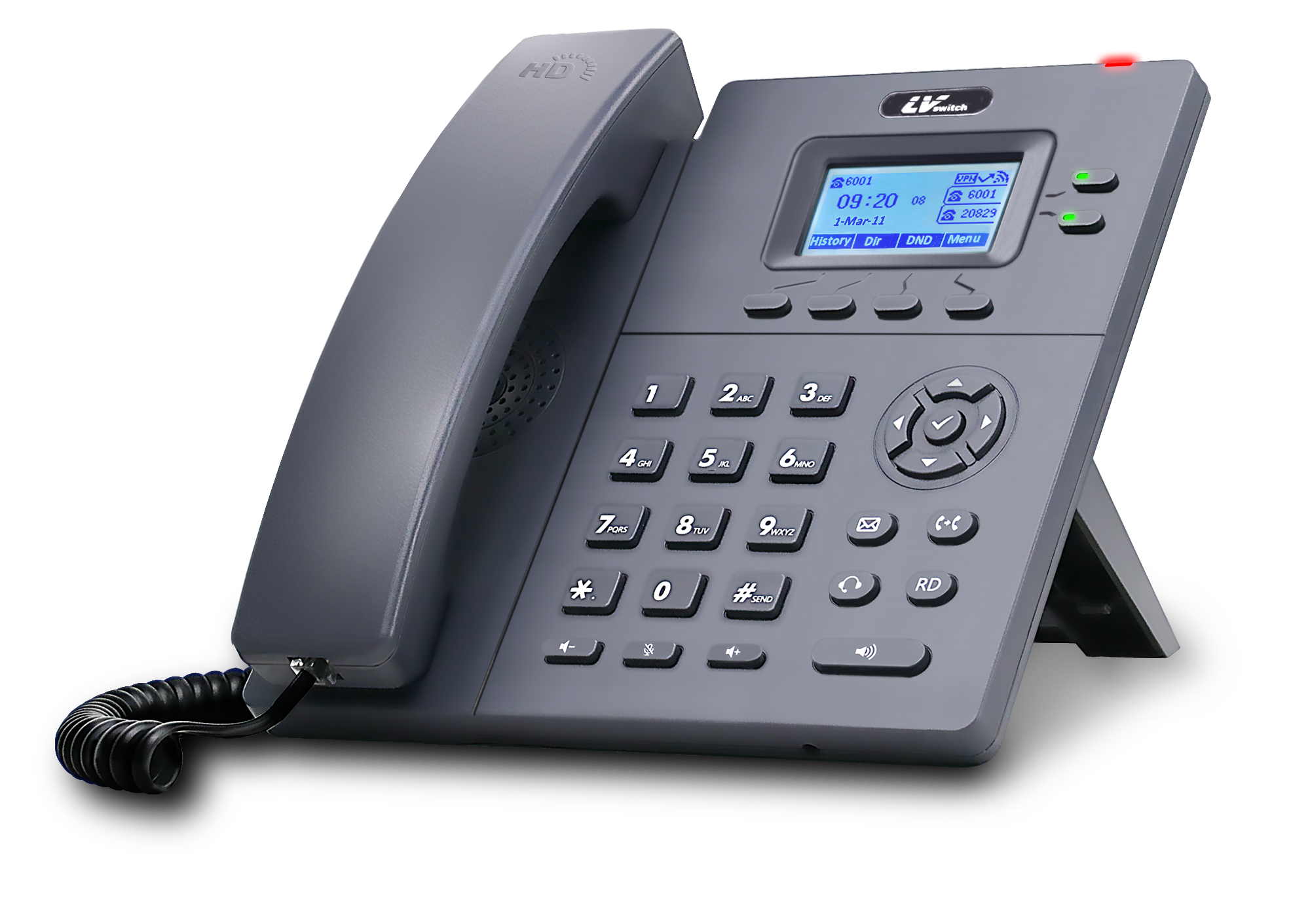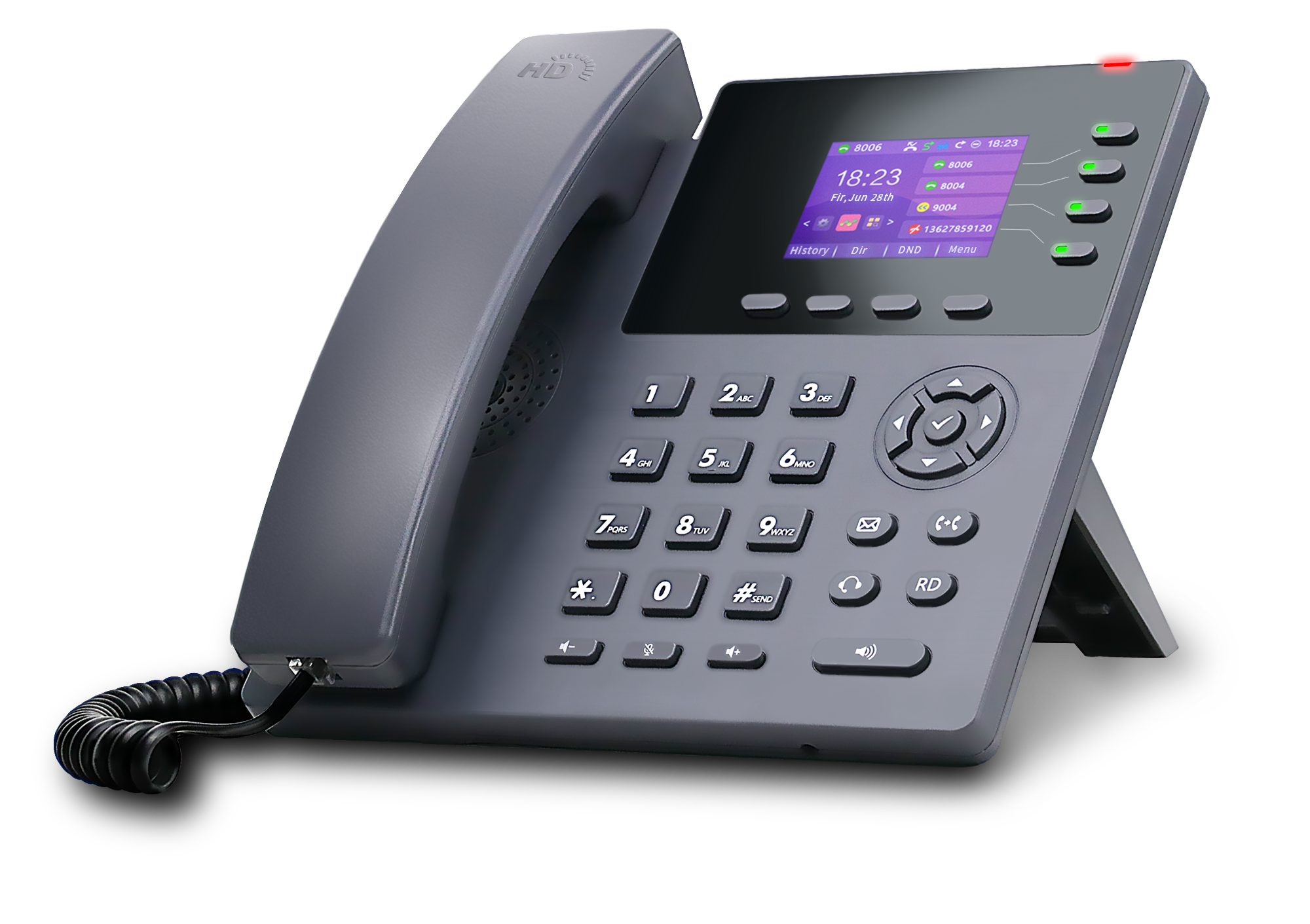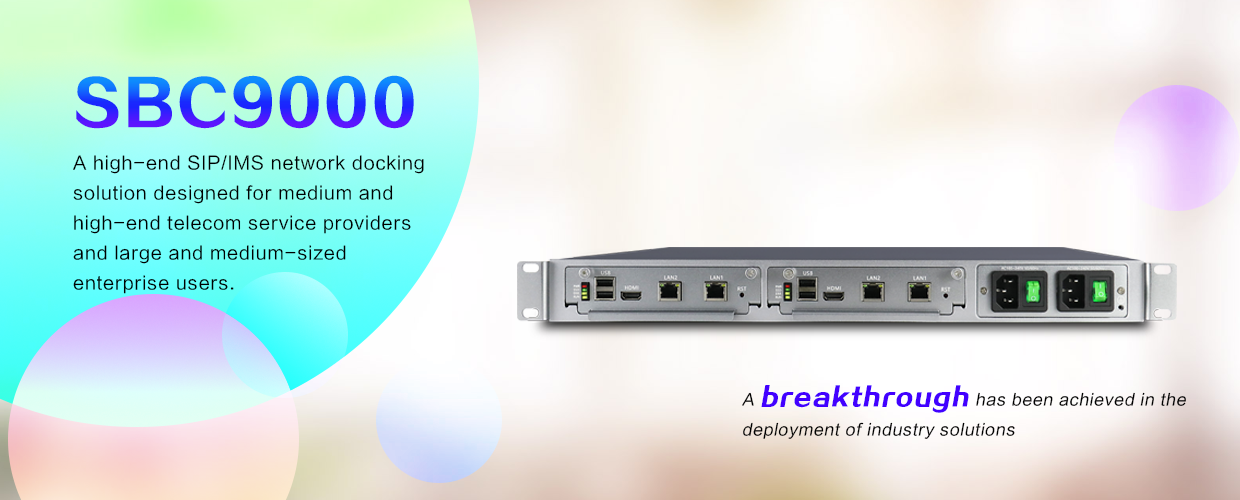
SBC9000 Session Boundary Controller
Session Boundary Controller (SBC) is a network edge device for the connection between the next-generation IP core network SIP/IMS and the user end. It supports end-to-end service provider connection or user connection in the SIP/IMS network, providing network security protection for the IP/SIP/Web RTC/IMS network and the user end, as well as NAT network traversal. Singling control and session media stream management, intelligent and flexible call routing control, voice coding conversion, billing and QoS management and other functions.
The SBC9000 session boundary controller is a high-end SIP/IMS network integration solution meticulously designed for mid-to-high-end telecommunications service providers and large and medium-sized enterprise users. Not only does it provide SBC standard functions for carrier-level and enterprise customers, but it also adds more SIP security guarantee functions, supports national encryption algorithms, system adaptation based on domestic/Huawei technical architecture, flexible call routing management functions, and high-reliability HA dual-sever hot standby functions.
The SBC9000 session boundary controller has achieved a breakthrough in the deployment of industry solutions, supporting the ability of parallel deployment of software and hardware. Users can not only deploy it on the X86 hardware platform but also install it on various mainstream software and hardware server platforms in the market. This greatly enhances the elastic deployment and processing capabilities of the SBC and breaks through the limitations of the hardware environment bottleneck. A solution that supports more flexible migration and deployment.

Product parameters
Platform deployment: Hardware depolyment X86 architecture
Speech characteristic: Speech coding:G.711a/μ,G.723, G.729A/B,iLBC,G.726,AMR,OPUS; Mute elimination; Media Recording Specification (SIPREC); Comfortable Noise Generation (CNG); Voice Activity Detection (VAD); Echo suppression (G.168); RTP/RTCP; Voice interrupt protection;Adaptive dynamic buffering; Automatic gain control; Automatic gain control; Support WebRTC audio and video; FAX T.38 and Pass-through; DTMF mode: RFC2833/ Signal/ In band.
Security: DOS/DDOS attack defense; Access control policy; Policy-based SIP anti-attack; Detection and processing of non-standard message formats; TLS&SRTP encrypted sessions; Black and white list of main called numbers; ACL control; IP Voice Firewall.
Call handing: Flexible routing rules; Redundant rout backup/selection; Control call routing by time period; Route by primary/ called number prefix; Match routes by SIP URL domain; Match routes by SIP request method; The calling and called numbers change; IP replay redundancy and load balancing; Digital regular expression.
Performance: Call concurrency, Supports up to 50,000 cincurrent ways; Transcoding concurrency, Support 5,000 media codec conversion processing; Call CPS, Up to 1,000 concurrent connections can be processed per second; Number of user registerations, It supports up to 100,000 user registration at most; Register for CPS, It can process up to 1,000 registration messages per second at most.
Agreements and standards: SIP v2.0, UDP, TCP, TLS, RFC3261, National cryptographic algorithm; SIP relay working mode: Peer/Access; SIP user registration agent: up to 3,000; B2BUA user agent; SIP call flow control; SIP registration flow control; Dynamic scanning detection of SIP registration message attacks; Dynamic scanning detection of SIP abnormal call attacks; SIP head domain transformation; SIP message redundancy mechanism; Support softswitch anti-blocking strategies; QoS (ToS,DSCP); NAT traversal.
Management and maintenance: Web-based visual configuration and maintenance; Data backup/ recovery; Web firmware upgrade; System Log; Operation Log; Call list; Multillingual switching; Syslog; Remote Web andTelnet.

